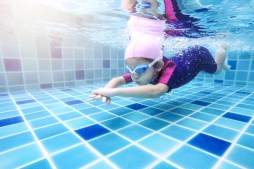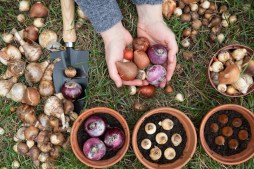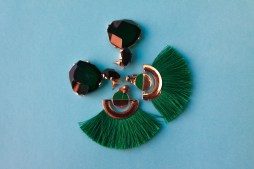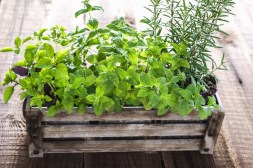Make Learning Fun with These Innovative and Educational DIY Science Activities
Science is all around us, and what better way to engage young minds than through hands-on activities? DIY science projects not only make learning fun but also spark curiosity and develop critical thinking skills. In this article, we’ll explore some innovative and educational DIY science activities that are perfect for kids of all ages.
Homemade Volcanoes: A Classic Experiment
Creating a volcano is a classic science project that never gets old. To make your own volcano, you’ll need baking soda, vinegar, food coloring, and a small container (like a plastic cup). Simply place the container in a mound of clay or playdough to form the volcano shape. Add baking soda inside the container, then pour in vinegar mixed with food coloring for an explosive eruption. This project teaches about chemical reactions in an exciting way.

Grow Your Own Crystals
Crystals are beautiful structures formed from minerals, and growing them at home can be fascinating. You can easily grow sugar crystals by dissolving sugar in hot water until it becomes saturated. Pour this solution into a clean jar and place it somewhere undisturbed. After several days, watch as crystals start to form on the bottom of the jar. This experiment introduces concepts such as supersaturation and crystallization.
DIY Lemon Battery: Powering Devices Naturally
Did you know you can create electricity using just lemons? For this project, you’ll need two different metals—like copper coins and galvanized nails—and two lemons. Insert one coin and one nail into each lemon without them touching each other. Then connect wires from each lemon together; you’ll be able to power a small LED light. This fun experiment demonstrates how chemical energy can be converted into electrical energy.
Make Your Own Weather Station
Understanding weather patterns is crucial for scientific literacy. Create your own weather station using simple materials like jars, rulers, and thermometers to measure rainfall, wind speed (using homemade anemometers), temperature fluctuations (with homemade thermometers), or even barometric pressure (using balloons). Kids will learn about meteorology while engaging with their environment daily.
Simple Machines with Household Items
Introduce kids to physics by creating simple machines using everyday household items. For example, build levers with spoons or create pulleys using string and small containers filled with weights like washers or buttons. Explain the mechanics behind each machine as they play with them; they’ll learn about force distribution while having loads of fun experimenting with different setups.
These innovative DIY science projects provide valuable learning experiences that go beyond traditional classroom education. By engaging children in hands-on activities that spark their natural curiosity about the world around them, they not only learn but also develop essential skills for their future endeavors—so gather your supplies today and start exploring the wonders of science.
This text was generated using a large language model, and select text has been reviewed and moderated for purposes such as readability.











